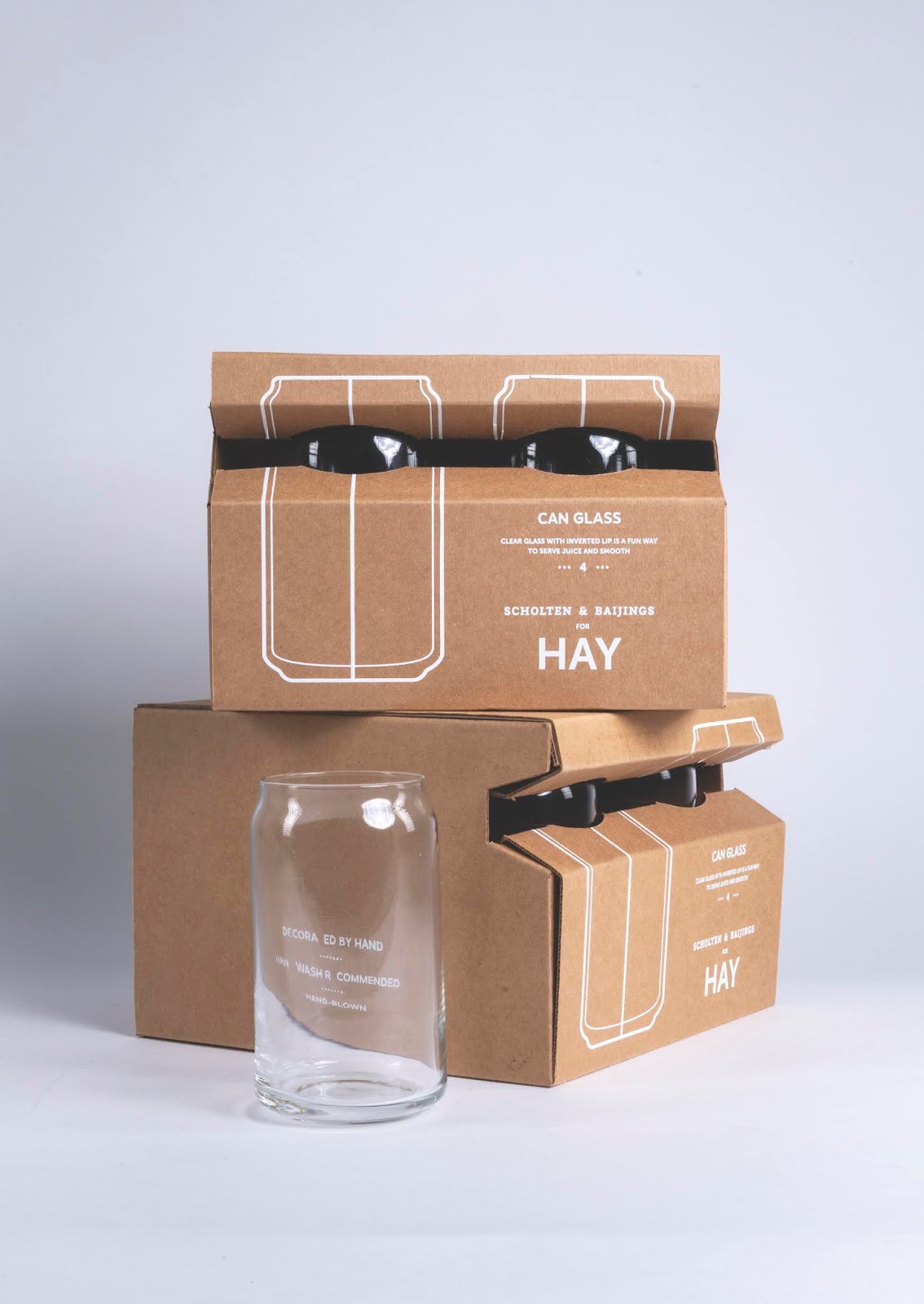The Art of Glassware Packaging for Transport and Retail Storage

Glassware, such as bottles, jars, and containers, is a common and versatile packaging material used in various industries, including food and beverage, pharmaceuticals, cosmetics, and more. Glass offers numerous benefits, including product visibility, inertness, and recyclability. However, due to its fragile nature, glassware requires careful packaging to ensure its safe transportation and storage in retail environments. In this article, we will explore the art of glassware packaging, discussing the key considerations, best practices, and innovative solutions for transporting and storing glassware in retail settings.
Section 1: Understanding the Fragility of Glassware

Properties of Glassware:
- Composition and structure of glass
- Vulnerability to impact, pressure, and temperature changes
- Surface sensitivity and scratch resistance
Common Types of Glassware:
- Bottles
- Jars
- Containers
- Vials
Section 2: Importance of Effective Glassware Packaging

Protection during Transportation:
- Preventing breakage and damage
- Reducing the risk of leaks and spills
- Ensuring product integrity
Retail Display and Storage:
- Enhancing product visibility and aesthetics
- Facilitating easy handling and stacking
- Minimizing the risk of damage on shelves
Section 3: Designing Glassware Packaging

Packaging Materials:
- Selection of suitable packaging materials
- Cushioning materials for impact protection
- Inserts and dividers for stability and separation
Packaging Design Considerations:
- Size and shape compatibility
- Customization for branding and product differentiation
- Ergonomics and ease of use for consumers
Sustainable Packaging Solutions:
- Recyclable and biodegradable materials
- Minimalist designs to reduce waste
- Lightweight packaging for reduced carbon footprint
Section 4: Innovative Packaging Solutions for Glassware

Shock-Absorbing Technologies:
- Air cushions and inflatable packaging
- Molded pulp and foam inserts
- Suspended bottle packaging systems
Customized Protection Systems:
- Molded cardboard and corrugated inserts
- Modular packaging designs
- Protective coatings and films
Smart Packaging Solutions:
- IoT-enabled tracking and monitoring systems
- Temperature-sensitive indicators
- RFID and barcode technologies
Section 5: Best Practices for Glassware Packaging

Quality Control and Testing:
- Standards and regulations for glass packaging
- Testing methods for durability and performance
- Quality assurance procedures
Proper Handling and Stacking:
- Guidelines for warehouse and transportation personnel
- Safe stacking techniques to avoid accidents
- Use of handling equipment and tools
Training and Education:
- Educating employees on proper packaging techniques
- Ensuring awareness of fragility and handling precautions
- Continuous improvement and feedback mechanisms
Section 6: Case Studies and Success Stories
Case Study 1: Beverage Industry
- Packaging solutions for glass bottles in the beverage sector
- Challenges and innovations in transportation and storage
Case Study 2: Cosmetics Industry
- Packaging considerations for glass jars and containers
- Design trends and solutions for retail display
Case Study 3: Pharmaceutical Industry
- Specialized packaging requirements for glass vials
- Regulatory compliance and safety considerations
Section 7: Future Trends and Outlook
Automation and Robotics:
- Robotic packaging systems for increased efficiency
- AI-powered quality control and inspection
Advanced Materials and Coatings:
- Nanotechnology advancements for improved strength and durability
- Anti-scratch and anti-breakage coatings
Sustainable Innovations:
- Biodegradable and compostable packaging materials
- Circular economy approaches in glassware packaging
E-commerce Packaging:
- Tailoring packaging solutions for online retail and shipping
- Optimizing packaging size and weight for cost-effective transportation
Conclusion
The art of glassware packaging requires a deep understanding of the fragility of glass and the specific requirements for safe transportation and storage. By employing suitable materials, innovative designs, and best practices, manufacturers can ensure the protection and integrity of glassware throughout its journey from production to retail shelves. Additionally, as sustainability becomes increasingly important, the development of eco-friendly packaging solutions will play a crucial role in reducing waste and environmental impact. By embracing emerging technologies and staying informed about industry trends, businesses can stay ahead of the curve and continue to deliver high-quality glassware products to consumers around the world.




Leave a Comment